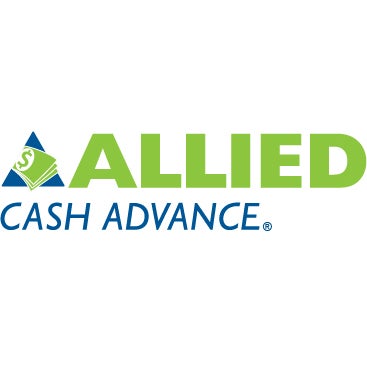After you have reveal strengthening policy for your property, you will likely be required to publish they and your builder’s info to your home lender

What’s book about a homes loan? Sometimes, the cash also are always find the lot the house could well be depending up on. The rate having a homes loan is generally as much as 1% higher than mortgage cost, but they are adjustable. Therefore, the speed could possibly get change on mortgage title.
Exactly how much down-payment manage I want?Of many loan providers (and you may nearly all financial institutions) want 20%. This is accomplished just like the, in the place of home financing, there is no way for them to recoup the loss (sell your home) in case your financing gets into standard. For those who individual their strengthening parcel outright, it can be used since the guarantee to your home’s framework loan.
Mann Mortgage could offer construction fund to have lower under 5% for the majority of the loan models to have individuals whom satisfy conditions.
To possess a-two-go out intimate their rates tend to secure each loan
How do i understand how much money I will have to create property?Begin your own planning by talking-to your home lender to see just how much you could be acknowledged having. After that, manage a creator to obtain property capable make that meets the cost your household bank discussed. Most loan providers often review your strengthening agreements together with land to be sure they appraise for over the strengthening costs one which just are accepted for your construction loan.
Can i perform some structure functions me personally to save cash for the my build?No, you can’t done one focus on your due to the fact a diy project. Performing this of a lot lower your house’s appraised well worth, your projects may not see strengthening requirements, plus domestic will most likely not solution last assessment to receive their certificate off occupancy. Even in the event you’re a construction elite group, you simply can’t work with their home’s build.
What’s the difference in a one-some time a few-day personal?A one-date personal means you have made approved to invest in both framework and home loan for your new home meanwhile. Immediately after structure is complete, the loan automatically will get a traditional financial. There can be you to definitely mortgage and one closing.
A-two-big date romantic mode you earn several money. The initial financing usually funds your own build. You will apply for the mortgage, become approved because of it, and you may intimate with this mortgage. Following strengthening starts. Will eventually since design nears conclusion, you will make an application for a great bad credit personal loans Nevada refinance to make their build financing toward a great 15 otherwise 31-12 months financial. When the refinance is approved, you will romantic on this financing, and you will currently have home financing. There are 2 financing as well as 2 closings.
Whenever do the loan interest rate secure?Locking on your own rate setting your bank features offered to give your a specific home loan price in case the loan try closed contained in this an appartment amount of time. Most lenders lock the rate 30 to 60 days just before closure. Getting a-one-big date romantic you might secure the pace having build and later to the last home loan. Your document is reviewed for drift off meaning you’ll have the choice to help you protected a lower life expectancy speed if it has actually fell from inside the secure period. Immediately following for the build financing (and it is constantly you to percentage point more than home financing) and when if it is refinanced into the a great 15- otherwise 29-seasons financial.
Just how is actually my builder paid back?Loan providers explore what exactly is entitled a blow plan. Its an agenda you to definitely facts how you would upload costs so you can your own creator while in the structure. A creator will get paid down while the efforts are over, perhaps not in one lump sum payment. Their bank launches money slowly just like the for every project milestone is complete. Because example, following the base is finished or adopting the creating is performed. So it minimizes your own losings as well as your loan providers losses in the event your creator is actually unethical or if perhaps each goes out of business from inside the weeks you’re strengthening.
Dealing with a local household lender for your structure loan are a good idea. Regional lenders, like Mann Home loan, see your own community and have now experience carrying out design financing in your community. Also, they are capable suggest a creator on exactly how to really works having.
